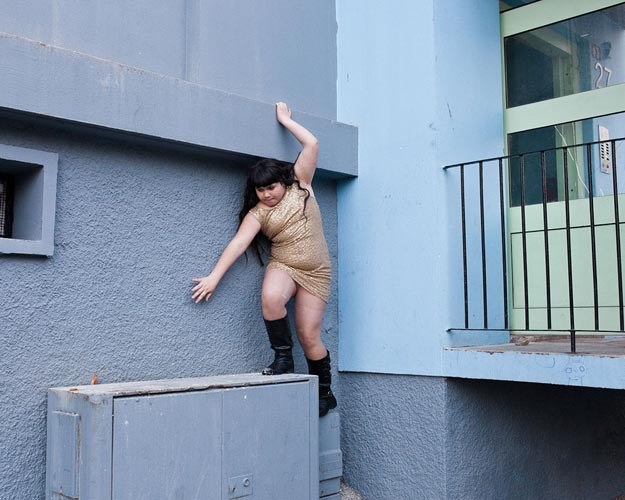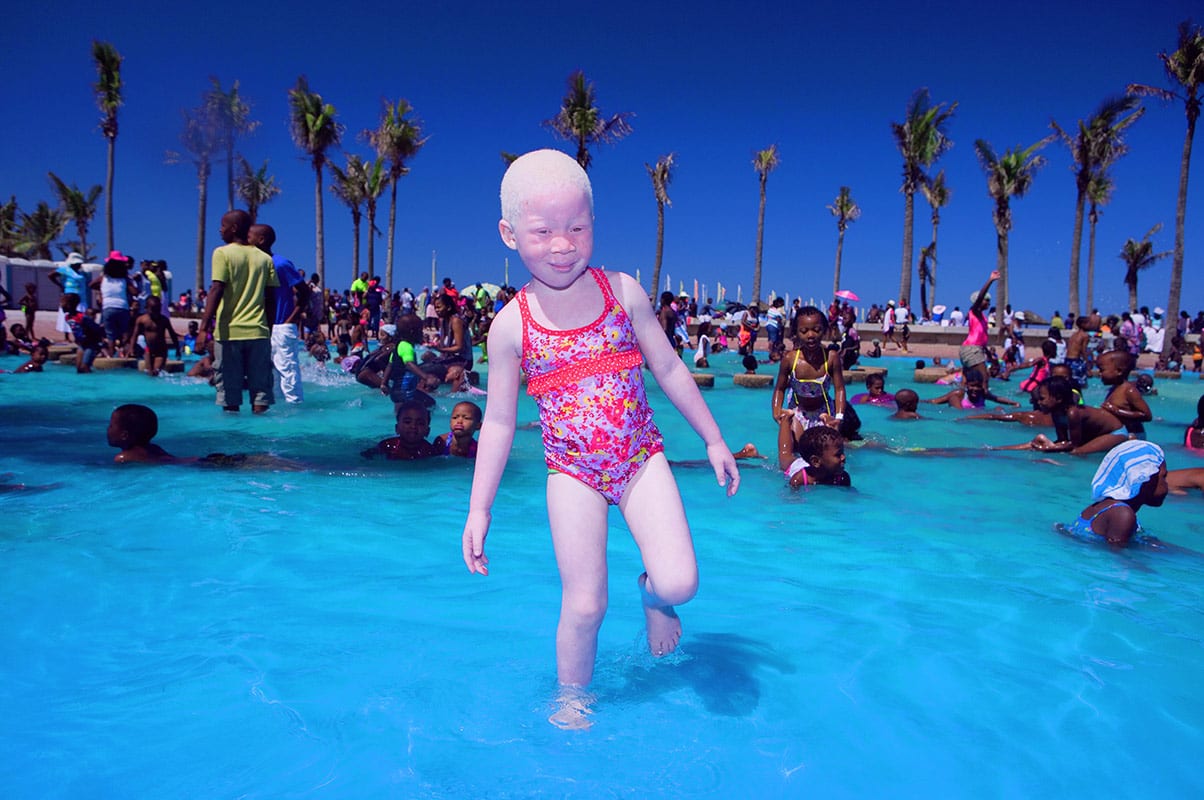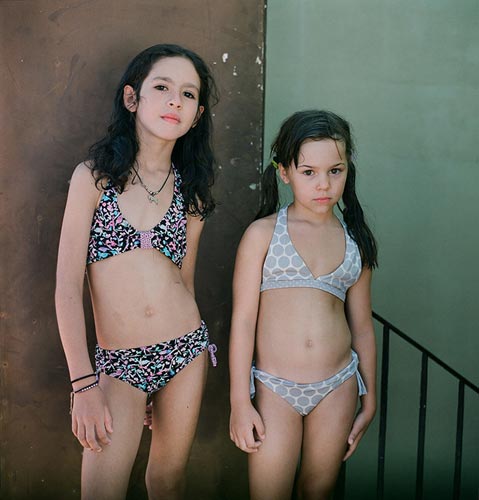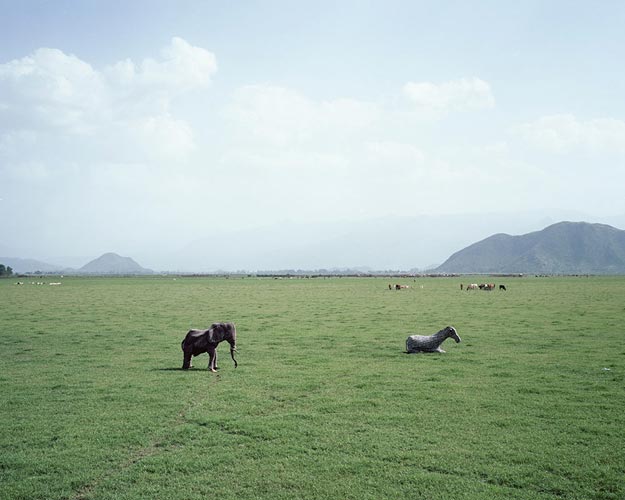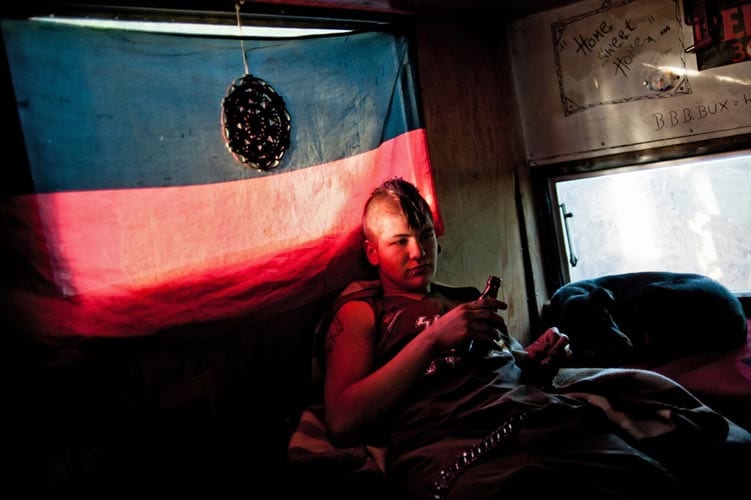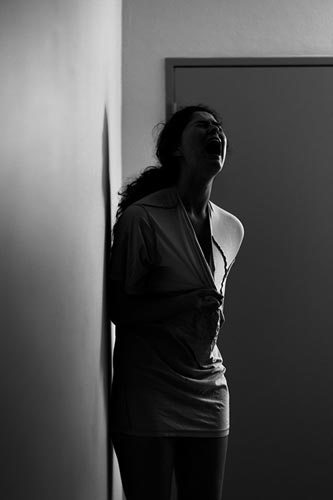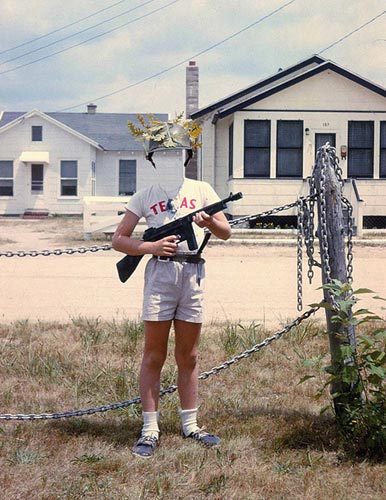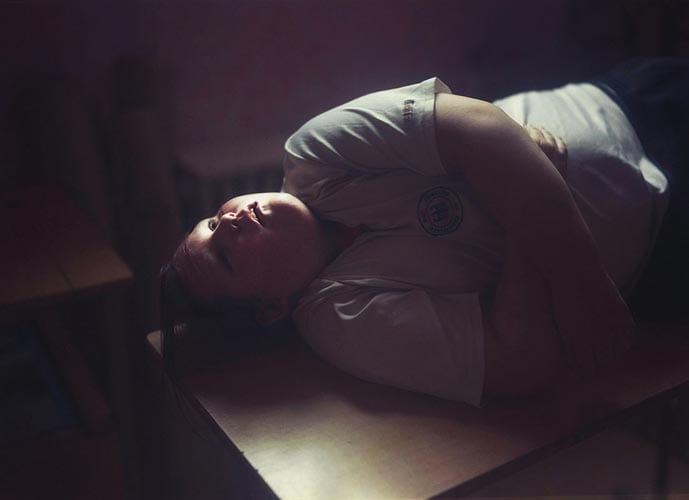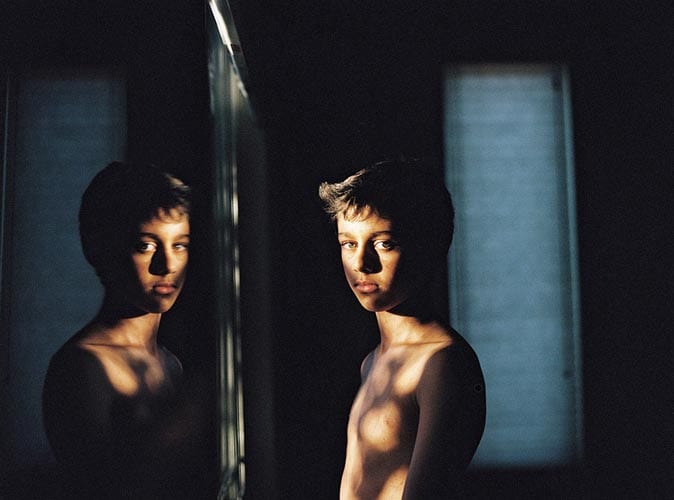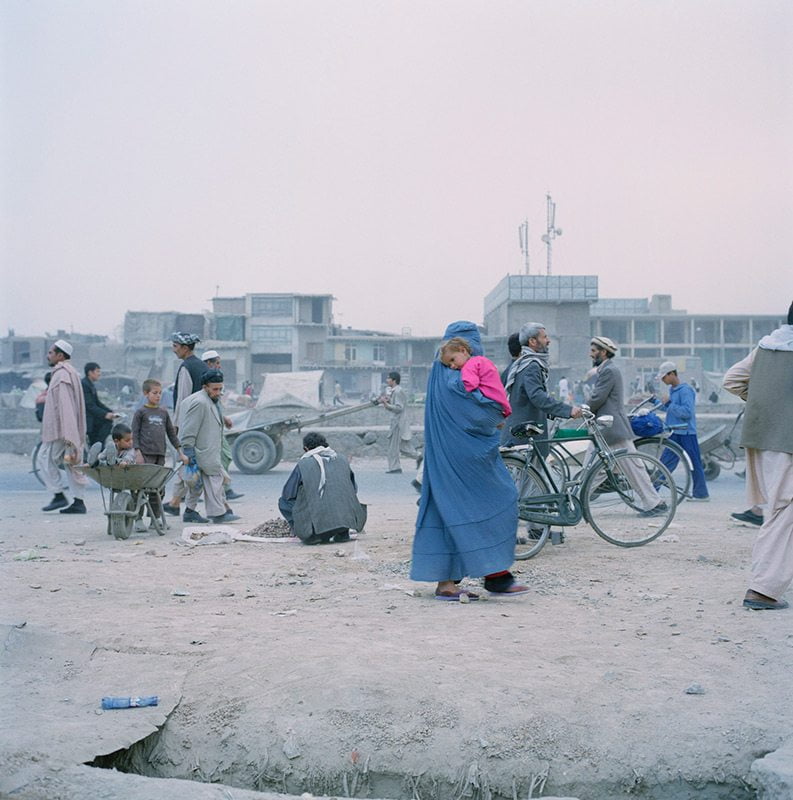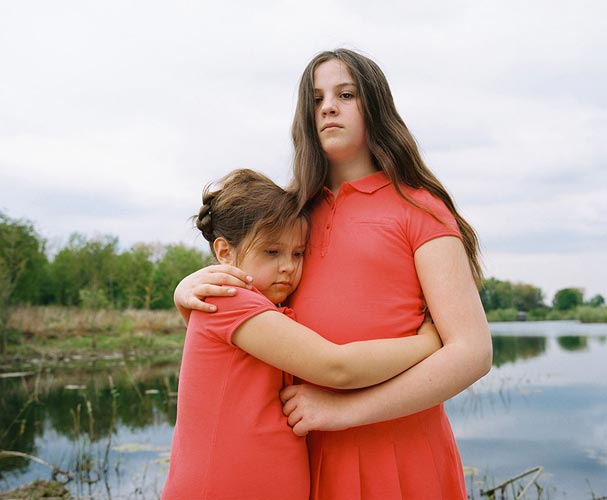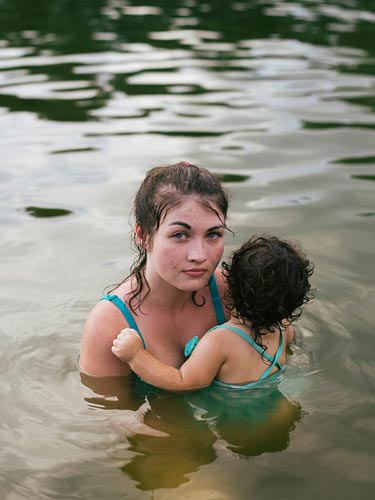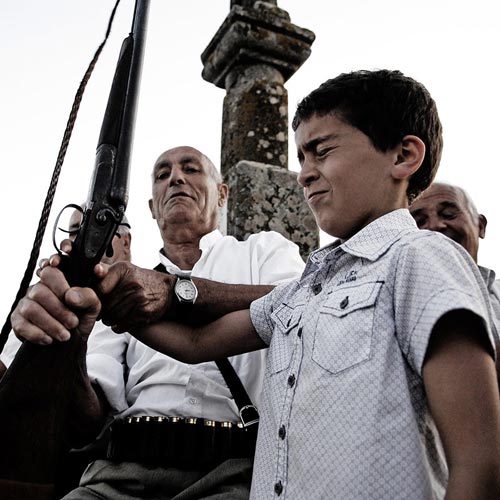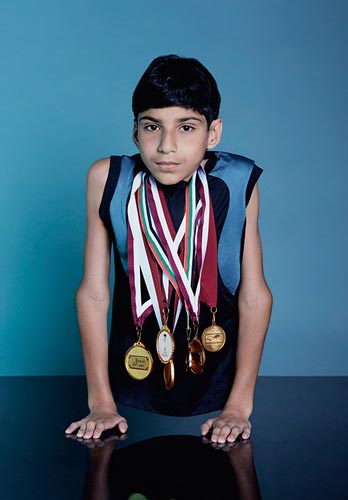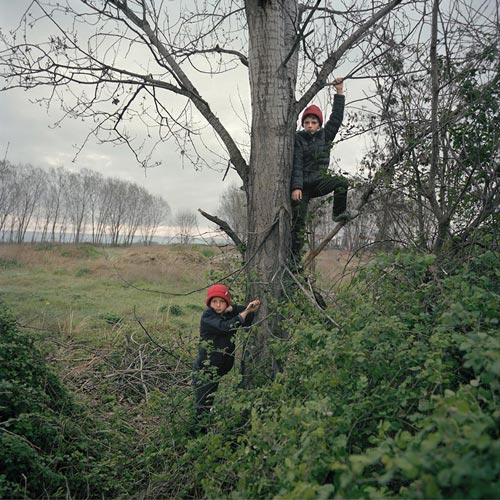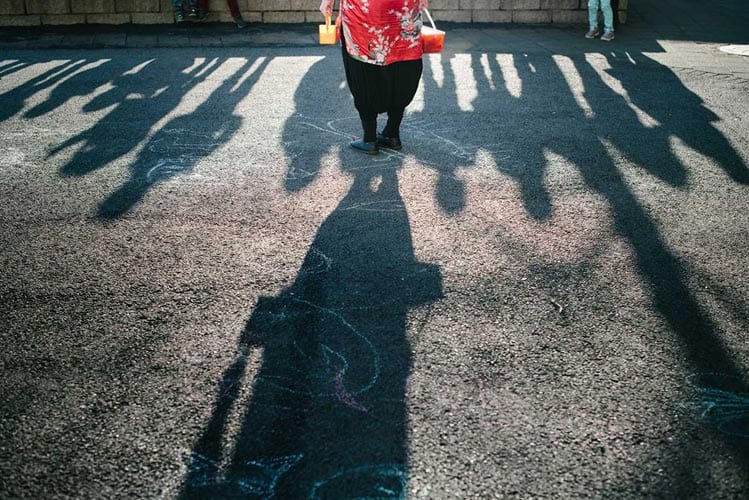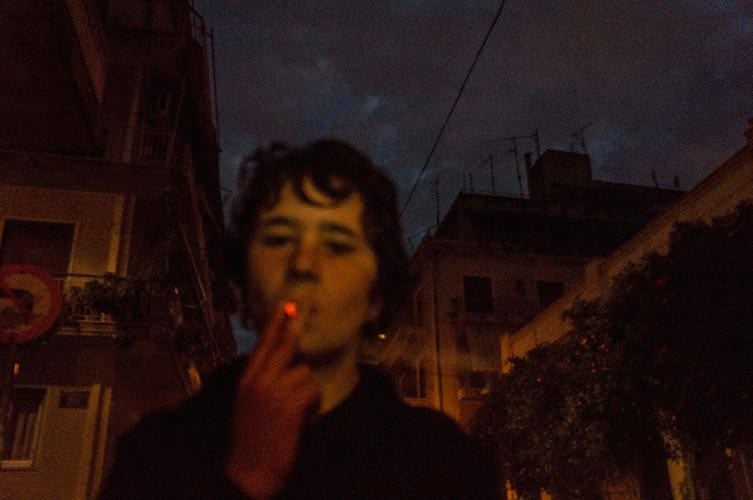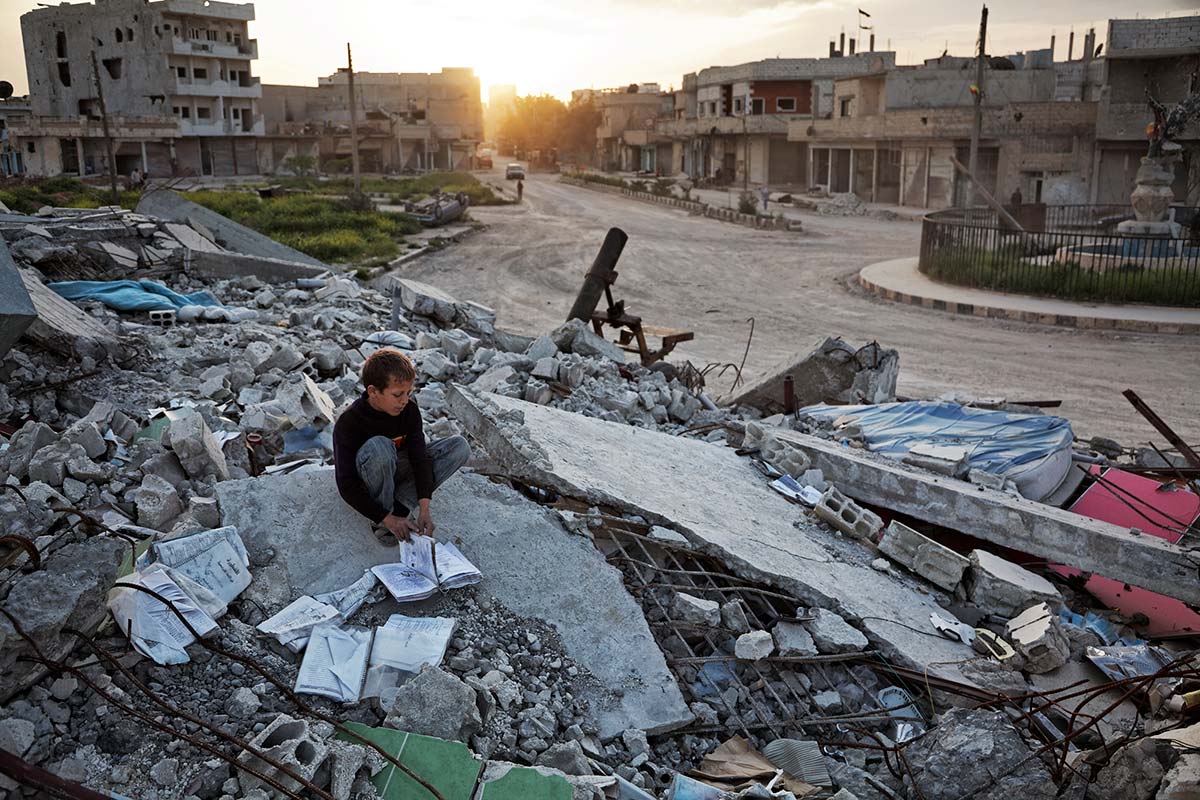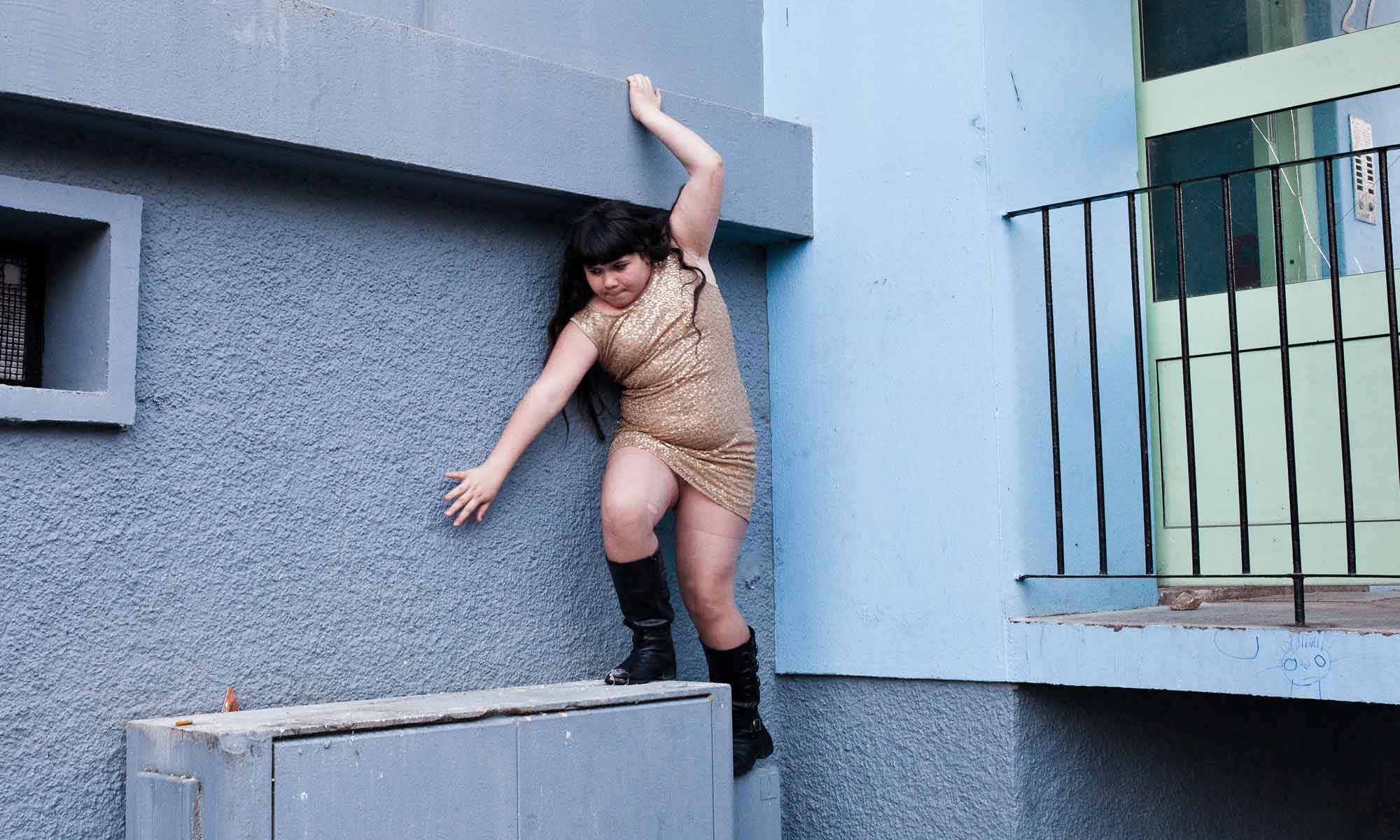
“YOUTHHOOD”
ANNOUNCING THE WINNERS
“Youth is happy because it has the ability to see beauty. Anyone who keeps the ability to see beauty never grows old.” – Franz Kafka
We’re delighted to present the results of this year’s eighth theme – Youthhood. We don’t arrive fully formed. From birth to toddler to child, teen and pre-adult – life is an exploration. Emotional development, friendship, passion, sexual expression… We asked you to capture a scene or a detail that shows habits, experiences or behavior of the young.
The theme was judged by highly acclaimed commercial and fine art photographer David Stewart, best known as the recipient of the Taylor Wessing Portrait Prize 2015.
You can discover the winning images below and join the discussion on Facebook, Instagram and Twitter. Congratulations to all the talented photographers featured.
“What interests me about looking at photography is how an image can catch your attention and then draw you in further to engage you in some way. Almost all successful images do both.
This can come from many things in the make-up of an image, such as the content, the composition, lighting, colour, emotion, expression, humour, or it challenging your perceptions about a subject and your views of it. It may be a combination of some or all these things but the key thing is that I always look for something which is more than just a document of a scene. For me it is not enough to just be there and take the picture. There has to be an underlying motivation which leads to a stronger picture.
With pictures of people in landscapes, photographers can often get caught between two things, the portrait and the landscape. It can lead to a weaker images that falls in between the two areas, and doesn’t fully celebrate either.
Often you select images on your own experiences/reference points and sometimes this can say more about the viewer than the photographer. Understanding how people view your images is an important part of the leaning process about your own work. Viewers can say things you never thought of and understanding these comments can help you work to move forward. In my work, I prefer the extremes – a “hate it” or “love it” comment is better than “that’s a nice picture”. It is far better to be polarising than bland as it often means that there is more to the image. I hope these images are polarising in that way.” – David Stewart
FIRST PRIZE: SANDRA MEHL
“Initially it was the composition that drew me to this picture and then I became involved with who, where, what was going on and thinking about the theme of youthhood. It feels like you know this sort of girl and so without it being a close portrait you get much of her story. I see many cultural issues in this picture about growing up. I’m not sure if that was the intention of the photographer but regardless, I saw things that involved me personally. Deconstructing why and what makes a picture stand out is what informs the next piece of work and becomes part of a photographer’s language/tool kit.” – David Stewart
“This image has such a captivating character – strong and determined, both childlike and mature beyond her years. It’s an aesthetically rich image, with her body cutting striking angles against the strict urban geometry and her gold dress glittering against the soft palette of blues. And the little details slowly reveal themselves – influences of both adults and children; the cigarette and the crayon drawing.But what I love about this image is how it celebrates imagination – this little girl absorbed in adventure, creating a playground from her dull and empty urban surroundings.” – Life Framer Editors
SECOND PRIZE: MELANIE CLEARY
“The colour grabs my attention here and then the content delivers the story. Although this may not be one of the technically great images entered, it more than makes up for it with the impact of the subject matter. It appears as though it is just a snap but there is enough information to ask many questions about the situation.” – David Stewart
“Melanie’s image stops you in your tracks. The white skinned albino girl is obviously arresting, isolated in front of the dark skinned children behind her. She’s different, and confident, and that’s a lovely message. But it’s also the colouring that makes this image stand out – the blues are unnaturally vibrant, there’s a pink wash that gives her skin a strange glow, and the fluorescent pinks and greens in the background pop. In that sense it’s technically imperfect, but in breaking the rules it creates an energy to the image that really works. It’s an image that I struggle to pin down. It hovers between being a quick holiday snap, and something that has been meticulously considered and carefully crafted – I don’t know which. Because of that it’s highly memorable.” – Life Framer Editors
THIRD PRIZE: PAOLA DE GRENET
“Here the attitude and expression of the girls caught my attention. It is what you see first and then you discover they are just young girls who have adopted a pose as soon as the camera was there. Old heads on young children brings in all sorts of thoughts about the current culture of youthood. The simplicity of the colour, lighting and composition removes all the distraction so as you focus on the subjects alone.” – David Stewart
“Like the work of the legendary Helen Van Meene, Paola’s portrait of two young girls is a document of vulnerability and adolescent transition. There’s a dialogue between elegance and awkwardness, asking questions about a world in which children are growing up faster and faster. Their expressions create an intensity to the image – the older one headstrong, and the younger one a little less certain. It’s an intimate, relevant and brilliantly executed portrait.” – Life Framer Editors
FURTHER HONORARY MENTIONS
Lukas Berger, Ann Sophie Lindström, Laura Hospes, Peter Franck, Daragh Soden, Heiko Tiemann, John Sanderson, Alpana Aras, Louis Quail, Lucile Boiron, John-David Richardson, Mattia Vacca, Sara Al Obaidly, Demetris Koilalous, Kristina Petrošiutė, Dimitris Rapakousis, Maryam Ashrafi.
“What interests me about looking at photography is how an image can catch your attention and then draw you in further to engage you in some way. Almost all successful images do both.
This can come from many things in the make-up of an image, such as the content, the composition, lighting, colour, emotion, expression, humour, or it challenging your perceptions about a subject and your views of it. It may be a combination of some or all these things but the key thing is that I always look for something which is more than just a document of a scene. For me it is not enough to just be there and take the picture. There has to be an underlying motivation which leads to a stronger picture.
With pictures of people in landscapes, photographers can often get caught between two things, the portrait and the landscape. It can lead to a weaker images that falls in between the two areas, and doesn’t fully celebrate either.
Often you select images on your own experiences/reference points and sometimes this can say more about the viewer than the photographer. Understanding how people view your images is an important part of the leaning process about your own work. Viewers can say things you never thought of and understanding these comments can help you work to move forward. In my work, I prefer the extremes – a “hate it” or “love it” comment is better than “that’s a nice picture”. It is far better to be polarising than bland as it often means that there is more to the image. I hope these images are polarising in that way.” – David Stewart
First Prize: Sandra Mehl
“Initially it was the composition that drew me to this picture and then I became involved with who, where, what was going on and thinking about the theme of youthhood. It feels like you know this sort of girl and so without it being a close portrait you get much of her story. I see many cultural issues in this picture about growing up. I’m not sure if that was the intention of the photographer but regardless, I saw things that involved me personally. Deconstructing why and what makes a picture stand out is what informs the next piece of work and becomes part of a photographer’s language/tool kit.” – David Stewart
“This image has such a captivating character – strong and determined, both childlike and mature beyond her years. It’s an aesthetically rich image, with her body cutting striking angles against the strict urban geometry and her gold dress glittering against the soft palette of blues. And the little details slowly reveal themselves – influences of both adults and children; the cigarette and the crayon drawing.But what I love about this image is how it celebrates imagination – this little girl absorbed in adventure, creating a playground from her dull and empty urban surroundings.” – Life Framer Editors
Second Prize: Melanie Cleary
“The colour grabs my attention here and then the content delivers the story. Although this may not be one of the technically great images entered, it more than makes up for it with the impact of the subject matter. It appears as though it is just a snap but there is enough information to ask many questions about the situation.” – David Stewart
“Melanie’s image stops you in your tracks. The white skinned albino girl is obviously arresting, isolated in front of the dark skinned children behind her. She’s different, and confident, and that’s a lovely message. But it’s also the colouring that makes this image stand out – the blues are unnaturally vibrant, there’s a pink wash that gives her skin a strange glow, and the fluorescent pinks and greens in the background pop. In that sense it’s technically imperfect, but in breaking the rules it creates an energy to the image that really works. It’s an image that I struggle to pin down. It hovers between being a quick holiday snap, and something that has been meticulously considered and carefully crafted – I don’t know which. Because of that it’s highly memorable.” – Life Framer Editors
Third Prize: Paola de Grenet
“Here the attitude and expression of the girls caught my attention. It is what you see first and then you discover they are just young girls who have adopted a pose as soon as the camera was there. Old heads on young children brings in all sorts of thoughts about the current culture of youthood. The simplicity of the colour, lighting and composition removes all the distraction so as you focus on the subjects alone.” – David Stewart
“Like the work of the legendary Helen Van Meene, Paola’s portrait of two young girls is a document of vulnerability and adolescent transition. There’s a dialogue between elegance and awkwardness, asking questions about a world in which children are growing up faster and faster. Their expressions create an intensity to the image – the older one headstrong, and the younger one a little less certain. It’s an intimate, relevant and brilliantly executed portrait.” – Life Framer Editors
Further Honorary Mentions
Lukas Berger, Ann Sophie Lindström, Laura Hospes, Peter Franck, Daragh Soden, Heiko Tiemann, John Sanderson, Alpana Aras, Louis Quail, Lucile Boiron, John-David Richardson, Mattia Vacca, Sara Al Obaidly, Demetris Koilalous, Kristina Petrošiutė, Dimitris Rapakousis, Maryam Ashrafi.
